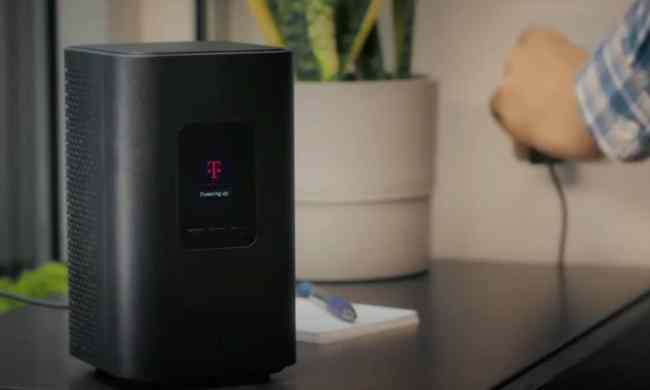

Qualcomm only has one processor at the moment that comes with the modem supporting 5G, and that’s the high-end Snapdragon 855, the chipset powering most flagship Android phones ranging from the Samsung Galaxy Note 10 Plus 5G to the OnePlus 7 Pro 5G. Those phones cost upwards of $850, but Qualcomm’s solution to making the next-gen network more accessible is to bring 5G compatibility to more processors. The company announced its Snapdragon 600, 700, and 800 series chipsets will support 5G in 2020.
There are more than 150 devices that have either launched or in development using Qualcomm’s 5G solutions, according to the company, and that number is likely to skyrocket with the addition of the Snapdragon 6-series and 7-series chips that support 5G. The former, like the existing Snapdragon 636, are usually found in midrange phones like the Moto Z3 Play and the Nokia 7.1, while 7-series chips are found in “premium midrange” phones like the Nokia 8.1.
Eventually, it’s likely we’ll see 5G support in lower-end phones with chips from the 4-Series and even 2-Series, though that may take a few years.
All this means instead of having to spend $1,000+ on a phone that supports 5G, you’ll be able to get one for $600 or less. We already know manufacturers want to bring cheaper 5G phones to market, with HMD’s Nokia already saying as much. MediaTek, Qualcomm’s competitor, has also announced plans to introduce an affordable 5G chipset in 2020 with the help of Huawei.
The Snapdragon 7-series will include 5G integrated onto the system-on-a-chip, and it’ll support all key regions and frequency bands. Twelve manufacturers have already signed on to use this new integrated 7-series chip, including the likes of Motorola, HMD Global, Vivo, and more.
The even-cheaper Snapdragon 6-series chipset is expected to be available globally in the second half of 2020. All the upcoming chipsets in these respective ranges will make use of the newly-announced Qualcomm 5G Modem-RF System. It’s a bit of a mouthful, but it means the chipsets will support broad ranges of the 5G spectrum, from mmWave to Sub-6, and more.
If you need a primer on 5G, we have a guide you can read, but it more or less follows 4G LTE and allows for faster internet speeds. Not only does it mean it will take less time for you to download a Netflix movie, but it also will enable a world of inter-connected devices at a massive scale, which could drastically alter the tech landscape.
Qualcomm is also trying to make fixed 5G a little more accessible, and has announced a new integrated mmWave solution for carriers who want to deploy fixed 5G. This will particularly come in handy for deploying 5G inside buildings and other indoor solutions. It’s called the Qualcomm QTM527 antenna module, and it’s expected to be deployed by carriers in the first half of 2020.



